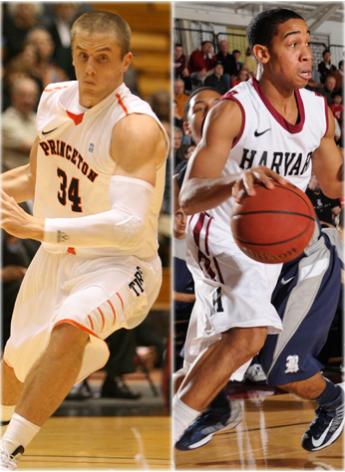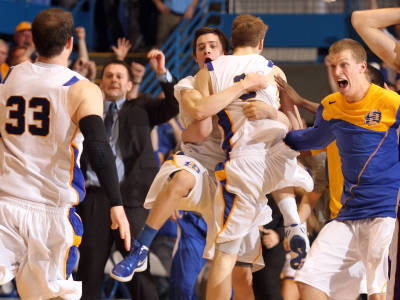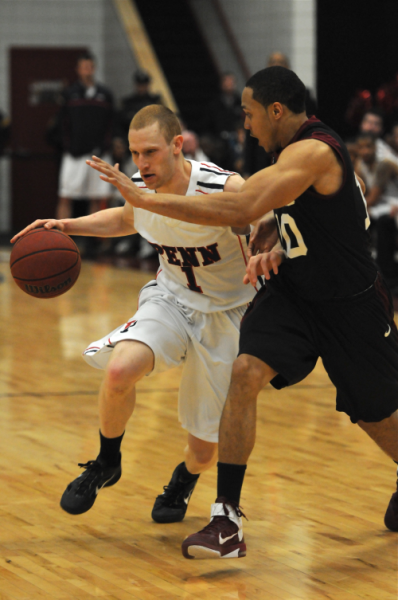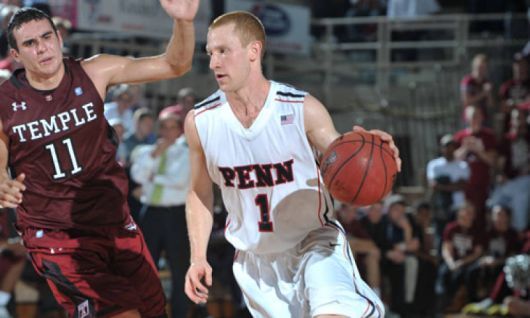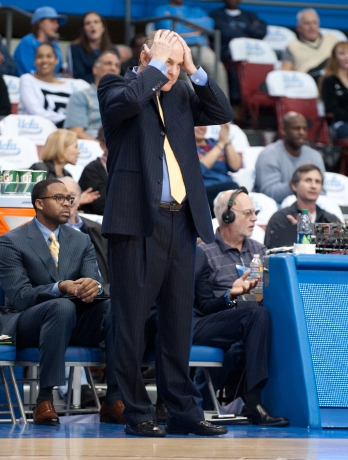2013-14 RTC Conference Preview: the Ivy League
Posted by Michael James (@ivybball) on November 6th, 2013Michael James is the RTC correspondent for the Ivy League. You can also find his musings on Twitter at @mrjames2006 and @ivybball.
Top Storylines
- Best Ivy Team Ever? Every league preview from this summer and fall seemed to start with the assumption that Harvard would not only cruise to the Ivy title, but that it could very well end up as the best team the league has ever seen. Putting aside the great Penn teams of the 1970s – one of which reached the Final Four and two others which finished third in the final AP poll – it’s extremely tenuous to predict that the Crimson will even end up as the best Ivy team of the 64-team era. The 1998 edition of the Princeton Tigers set that bar, finishing the regular season with just one loss and nabbing a #5 seed before falling to Michigan State in the round of 32. While that’s the best known example, five other Ivy teams spent some time in the national polls, including Princeton’s 1991 squad, which lost by two to Villanova as a #8 seed in the first round. Two Penn teams from the mid-90s cracked the Top 25 and one scored an NCAA win as a #11 seed, while Harvard and Cornell recently rode appearances in the Top 25 to #12 seeds with the latter advancing all the way to the Sweet Sixteen. Given that most pundits have the 2013-14 Crimson as a fringe Top 25 team, it would seem that the hype about Harvard possibly being the best Ivy ever is mostly indicative of how soon most have forgotten the very good Ivy teams of the recent past.
- Going Digital – Just two years ago, the Ivy League office took a ton of flak as it struggled to farm out its premier basketball properties to television or even specialty streaming channels like ESPN3. Only six Ivy League contests were picked up that season, despite a dramatic race which ended where Princeton defeated the rival Quakers to send Harvard to its first NCAA Tournament in over 65 years. Last season, that number crept to nine broadcasts with the new league television deal with NBC Sports Network, but still the only way to watch Brown defeat Princeton to send Harvard back to the Big Dance was via a grainy web feed. Shortly after the season ended, however, the league announced a massive new infrastructure project to merge all of the web feeds into one Ivy Digital channel and provide professional, multi-camera, high-definition broadcasts of all events for the league’s revenue sports. Now, simply by paying one flat fee (roughly $100 for all sports), fans can watch any Ivy home contest and all league games without having to buy each individual school’s package and could access every game in one place. Add in features like quad view, which can allow viewers to watch four games at once, and the Ivy basketball fan has everything he or she needs to keep live tabs on the league race as it unfolds on Friday and Saturday nights in February and March.
- Stability in an Unstable World – While the Ivy League and its core eight institutions weathered the conference realignment storm without even a joking rumor about possible new arrivals or departures, pardon the players and coaches if they stumble over the new affiliations of some of their non-conference foes this season. The four conferences that the Ivies have played the most over the past two seasons (America East, Patriot, NEC and the Atlantic 10) all underwent varying levels of changes, and that’s before considering the six games the league will play against the American Athletic Conference, which didn’t even exist last season. The result of all the chaos is a composite schedule with a diverse set of non-conference opponents, as Ivy teams will play members of 23 different leagues this season.
Predicted Order of Finish:
- Harvard (13-1)
- Penn (9-5)
- Yale (9-5)
- Princeton (9-5)
- Brown (5-9)
- Columbia (4-10)
- Cornell (4-10)
- Dartmouth (4-10)






























